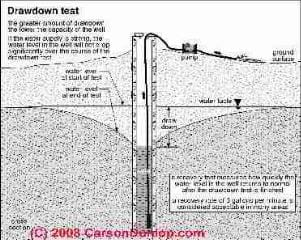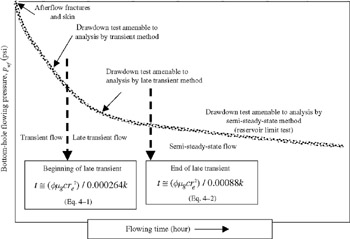

If you can change the file name in 'line 399'Īn H, Ha K, Lee E (2022) Transient analysis of a step-drawdown test using a time-varying well-loss equation, Hydrogeol J.Ĭlark L (1977) The analysis and planning of step drawdown tests, Q J Eng Geol Hydrogeol. *When you running the 'TASHAn.py', the 'input.xlsx' and 'output.xlsx' must be closed. If the initial values of the model is too high or low, the analysis result could be unreasonable. You can adjust these parameters by revising the source code ('line 346 ~ 349'.).

Therefore, the ranges and initial values for each parameter should be assigned before running the model. You can install these modules before running the code.ģ) For parameter optimization, this code uses iterative solver. If you fill any cells outside the black line, the code could have errors.ġ) Load the source code (TASHAn.py) using Python.Ģ) There are several modules included in this Code (numpy, lnfit and openpyxl). Then, the code automatically skips these values. If you have test data with five steps, you can leave as blank for the column 'L' and 'M'.Ĥ) If the step-drawdown test includes some bad data and 'null' data, please fill these cells with value of zero '0'. Column 'D' and 'E' are reserved for the elapsed time and drawdowns during the step 2.Ģ) The cell 'P1' is for assigning the number of total steps of the test and the cell 'P2~P7' is for assigning the average pumping rate for each step.ģ) This version of code can evaluate the step-drawdown test with the maximum step number of six. The column 'B' indicates the elapsed time during the first step of the step-drawdown test and the column 'C' is for the observed drawdown during step 1. Description of each file is as follows:ġ) The 'input.xlsx' includes observed drawdowns, elapsed time from the start of step-drawdown test, the number of total test steps and pumping rate for each step. The data in the input.xlsx was referred from Clark (1977). The datasets below include three files (input.xlsx, TASHAn.py, output.xlsx). For more information of transient well loss shape factor, please refer to An et al. (where T: aquifer transmissivity, r: well radius, S: aquifer storativity, P: well loss power, C: well loss coefficient, a: transient well loss shape factor.) Governing equations explaining T, r, S, P and C can be found from previous studies including Jacob (1947). The program can calculate hydraulic parameters (T, r2S, P, C, a, RMSE) from the transient step-drawdown test. Original source code was written using Python software (). This program (TASHAn, Transient Analysis Step-drawdown test by Hyowon An) was developed for the interpretation of the step-drawdown test data.


 0 kommentar(er)
0 kommentar(er)
